Necrópolis Cristóbal Colón
Havana’s Colón Cemetery, or Necrópolis Cristóbal Colón, is one of the largest and grandest cemeteries in the world, and bears a striking resemblance to the great historic cemeteries of New Orleans, as well as Paris’ Père Lachaise, Buenos Aires’ La Recoleta, and other notable cemeteries in the Hispanic and Catholic tradition.
Curiously, Colón is rather young by New Orleans standards and also considering that Havana dates to 1519. For much of the city’s history, the deceased were interred in churches, convents, and small graveyards on the outskirts of the city. Due to population growth, in 1806 the city opened its first large general cemetery, Cementerio de Espada. Before long, however, Espada proved insufficient, especially after a spate of epidemics including yellow fever and cholera. The city needed a new cemetery, and in 1871 it created Colón Cemetery, much larger, grander, and more modern than Espada.
Colón Cemetery and New Orleans’ cemeteries share similar architecture and grid layouts. Colón has large, ornate mausoleums owned by wealthy families, a section of very simple unadorned tombs for those less well-off, and a diversity of everything in between―tombs featuring angels, pietas, iron fences and gates, stained glass, small engraved marble memorials, and much more. Colón is perhaps most similar in size and plan to St. Louis Cemetery No. 3 in New Orleans. Like it, most of the largest and most grand monuments are near the entrance, along the central avenue, though there are others scattered throughout the various avenidas and calles. Colón also has tombs and memorials for mutual benefit societies, trade associations, and heroes of the war of independence and the revolution. Also like in New Orleans, many tombs are in disrepair, with no one maintaining them due to their owner-families having died out or, unlike in New Orleans, having fled Cuba after the revolution. Still, many Cuban families who left do still pay to maintain their tombs, and members return home to rest in eternity on Cuban soil.
Colón also has similar interment practices to New Orleans. When someone is buried, they remain in their original tomb for two years, after which their remains are taken out and moved to a smaller compartment to the rear of the large one, where they join the remains of previous decedents.
Though much of Colón seems frozen in time in the 1950s, or before―like much of Cuba―it in fact remains very active as an ongoing final resting place for more than 800,000 souls and counting, and as one of the historical and cultural treasures of Cuba and the world.
The central arch of Necrópolis Colón’s main gate, built by Spanish architect Calixto Arellano Loire with reliefs and sculptures by José Vilalta Saavedra. Behind it is central avenue, Avenida Cristóbol Colón, with the Capilla Central (Central Chapel) at center. This area holds a concentration of the largest, grandest tombs and monuments in the cemetery.
The tomb of Amelia Goyri, known as “La Milagrosa.” Amelia died during childbirth in 1901, as did the baby, and they were buried together with the baby at her feet. For long after, her husband would come to the grave, disbelieving that she was gone, and knock three times with one of the brass rings on the tomb to send her a message. Legend has it that when the day came to open the grave and move the remains, the baby was in Amelia’s arms. They were left as they were, the grave was closed, and ever since then people have made pilgrimages to her to ask her for miracles (of course knocking three times first). In the photo, the small marble tablets to the back and right of the statue (carved in 1909 by José Vilalta Saavedra) are some of the hundreds left by people grateful for her assistance.
One of the most significant monuments in Colón is the Monument to Los Bomberos (The Firemen). It honors and holds the remains of the firefighters who lost their lives in Havana’s great fire of May 17, 1890, which began when a warehouse full of gunpowder exploded. Made from Italian marble, it has exquisite detail and symbols, including the face of each fireman in bas relief around its base.
If a visitor closed their eyes and opened them in this section, they could almost mistake it for New Orleans’ St. Louis Cemetery No. 3.
Antonio Guiteras was a revolutionary socialist political leader of the 1930s, who left a big impact though he only lived to twenty-nine years of age. His striking tomb memorializes his belief and practice of direct and forceful action on behalf of the proletariat.
The Pantheon of the Revolutionary Armed Forces, housing the remains of many who fought in the Revolution.
The Monument to the Common Man honors citizens of Havana who died with no family, no burial plot, a sort of “tomb of the unknown citizen.” Some of the raised structures serve as ventilation for a nearby mausoleum, while others are actually full of bones.
A family lays a loved one to rest in the poorest section of Colón. There are no angels here, no crosses, no grandiloquent ironwork or stained glass―just flat granite slabs with the occasional small marble memorial or epitaph painted right onto the granite, moving in their humility.
A typical small memorial left by a loved one, like thousands spread around the cemetery. It roughly translates as “Your friends remember you because we love you very much.”
Many plots in Colón are surrounded by intricate iron fences with even more sculptural gates. This gate with a tree and two lambs is identical (but in white instead of black) to one in St. Louis Cemetery No. 3.
The size and style of this tomb are typical of hundreds in Colón―except for the gold accents, which were an added touch for this jeweler.
A familiar form to visitors to New Orleans’ St. Louis Cemetery No. 1, this pyramid and its neighbors exhibit the eclectic styles of the tombs of wealthy families near the entrance to Colón. On this day, at least, it lacked the red lipstick kisses often seen on Nicholas Cage’s pyramid in New Orleans.
Joseito Fernandez wrote “Guantanamera” and other popular Cuban songs. While many tombs in Colón lie in the shade of trees, his is the only one with a built-in canopy of foliage.
Constante Ribalaigua was a barman at La Floridita who saved up for most of his life to be able to afford a tomb amongst those of the wealthiest families of Havana. He was probably used to hobnobbing with notables; for years he served daiquiris to Ernest Hemingway.
Jeannette Ryder was an American who founded the Society for the Protection of Children, Animals, and Plants. Tirelessly devoted to animals, the homeless, and other downtrodden groups, when she died and was interred here, her dog Rinti would not leave the tomb and would not eat, until she joined her mother. A sculpture was later added as a vivid expression of their eternal bond.
The tomb of the Christian Association of Players, Umpires, and Managers of Professional Baseball, one of the many society tombs.
*Photos and text by John Haffner with assistance from Sally Asher and Jose Antonio Waugh.


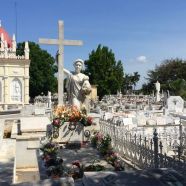





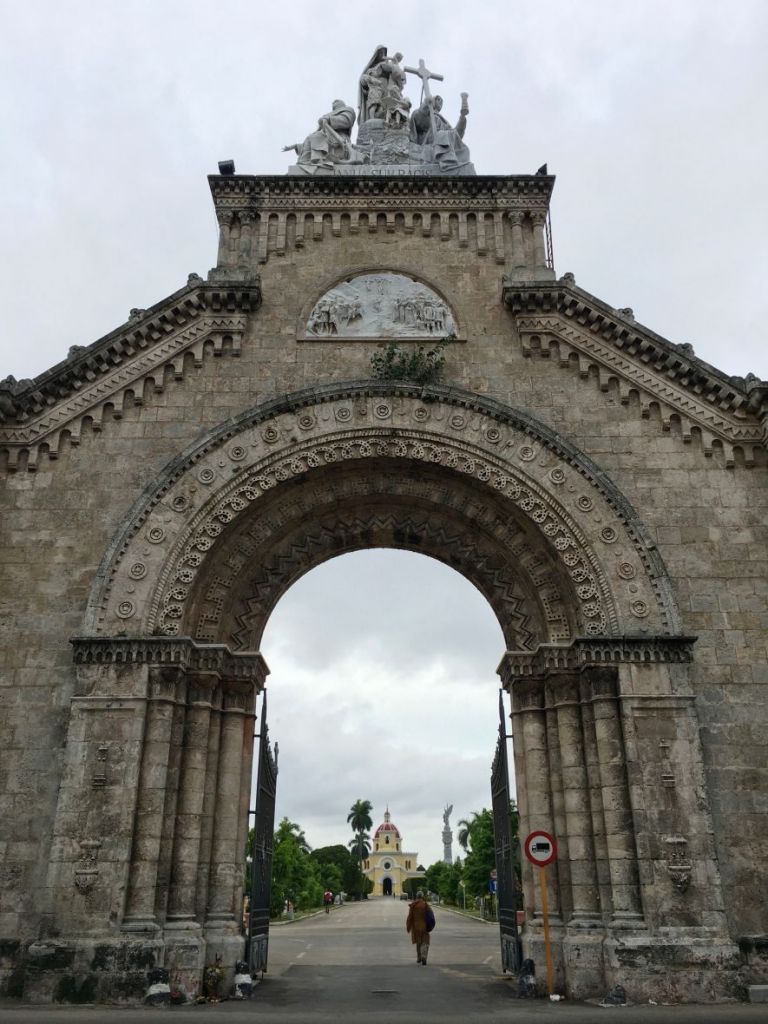
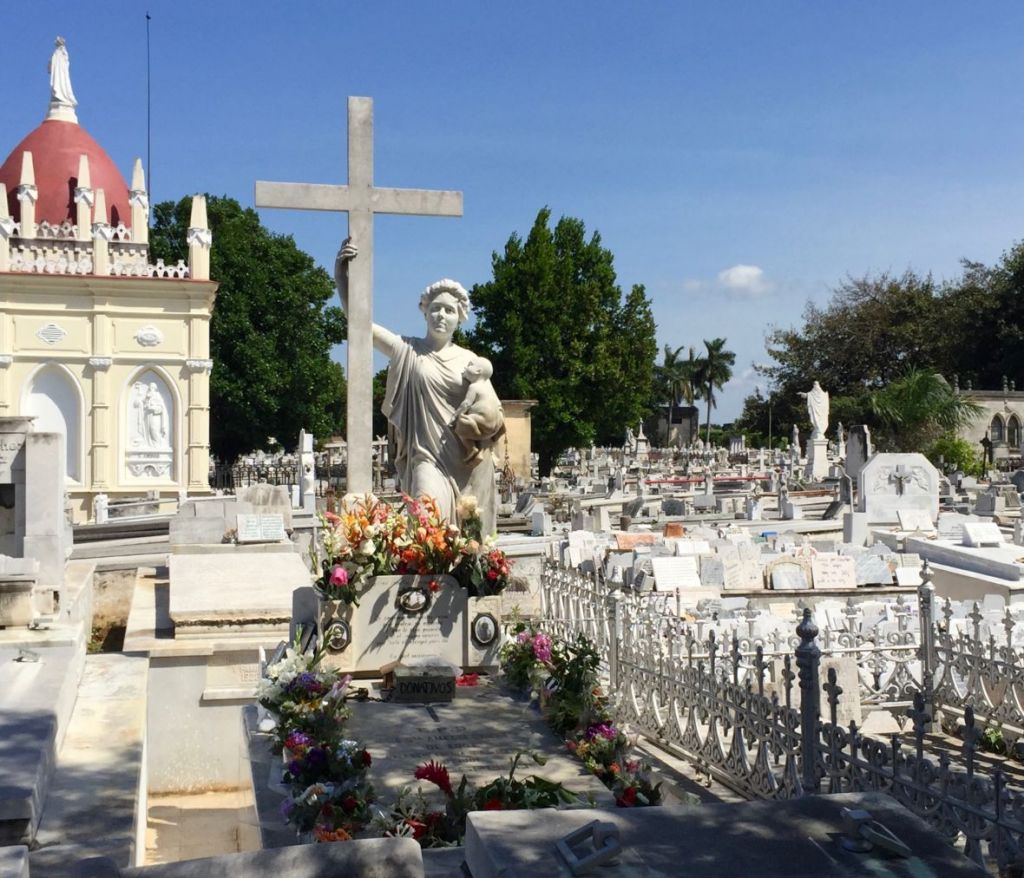
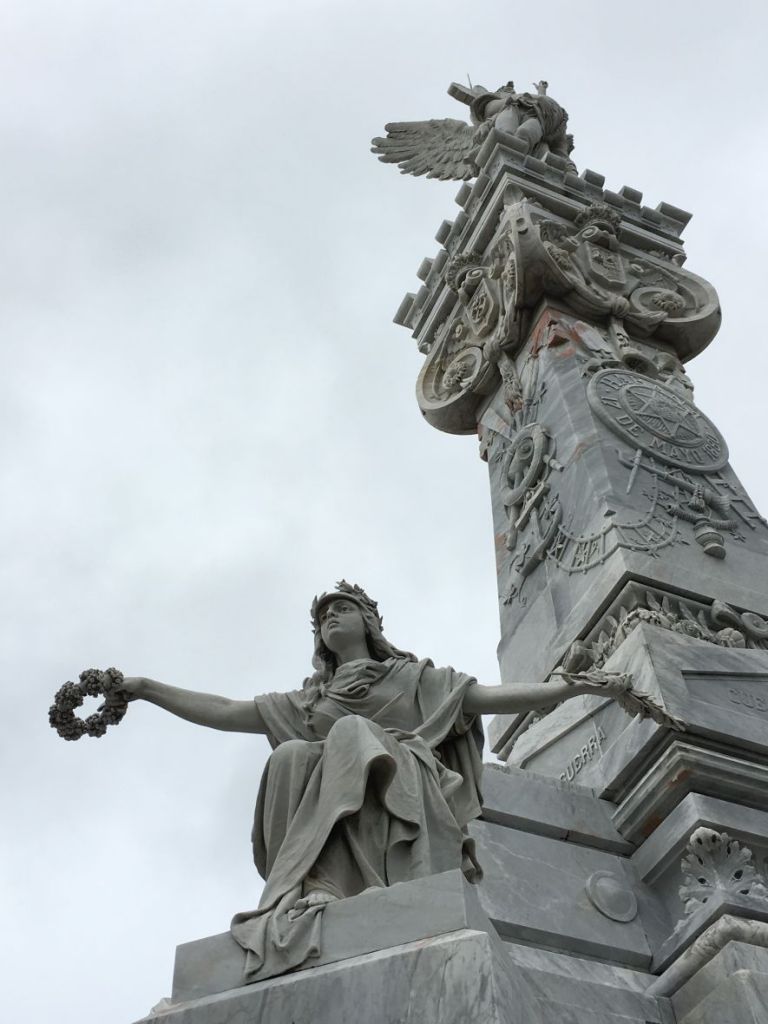
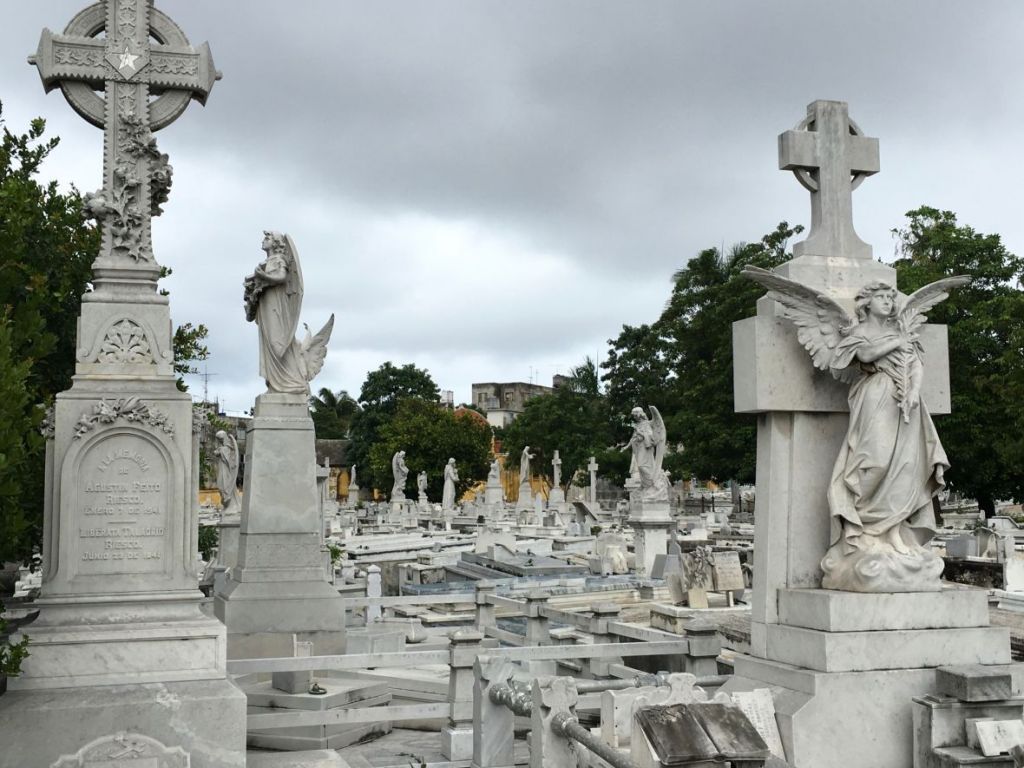
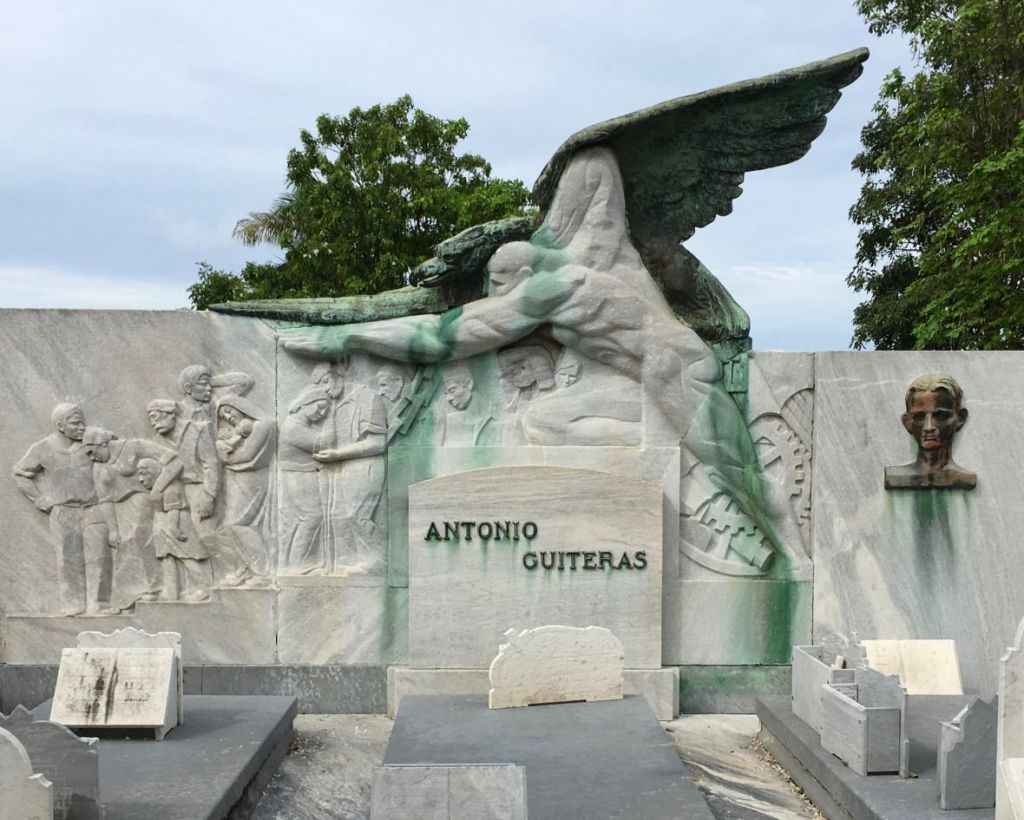
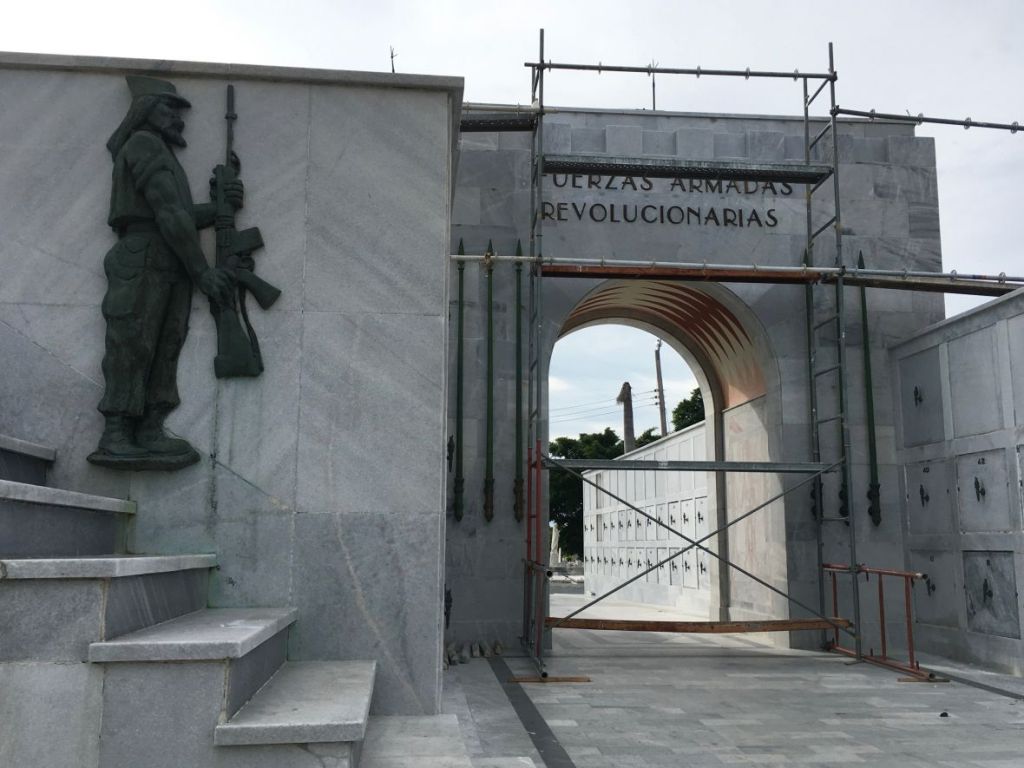
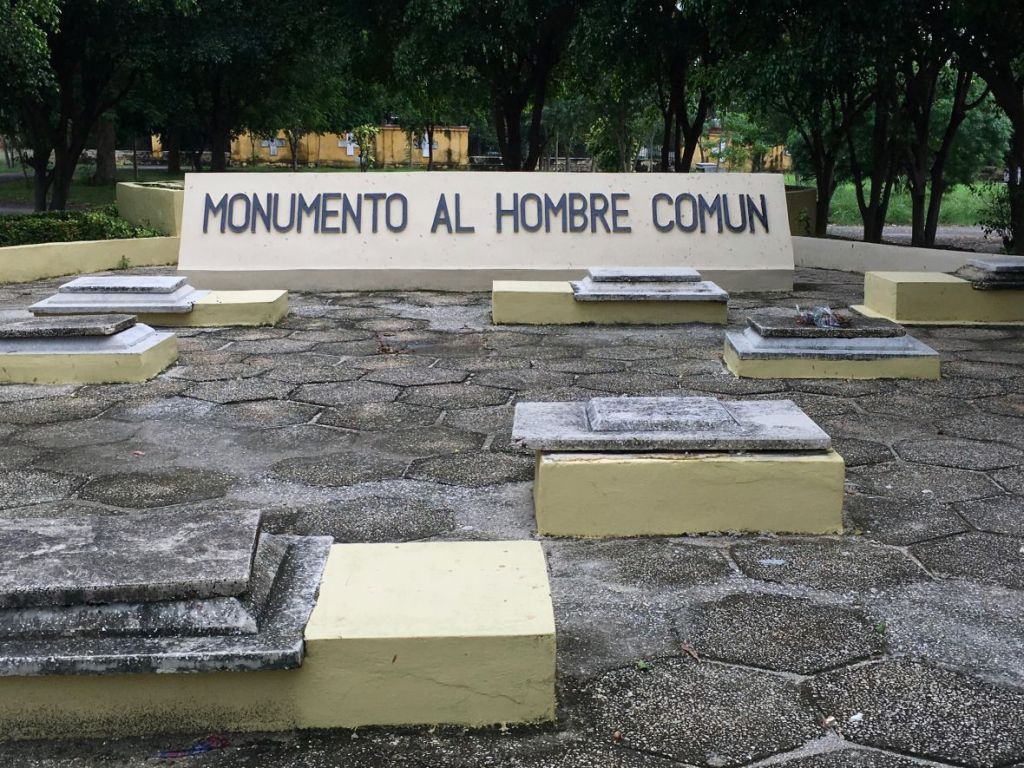
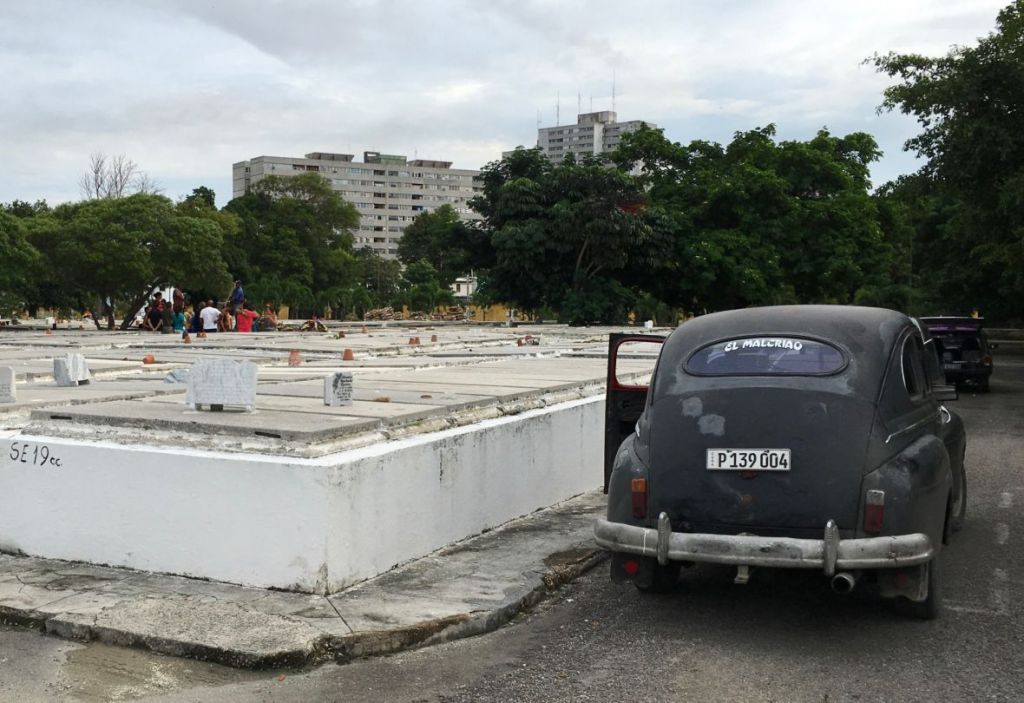
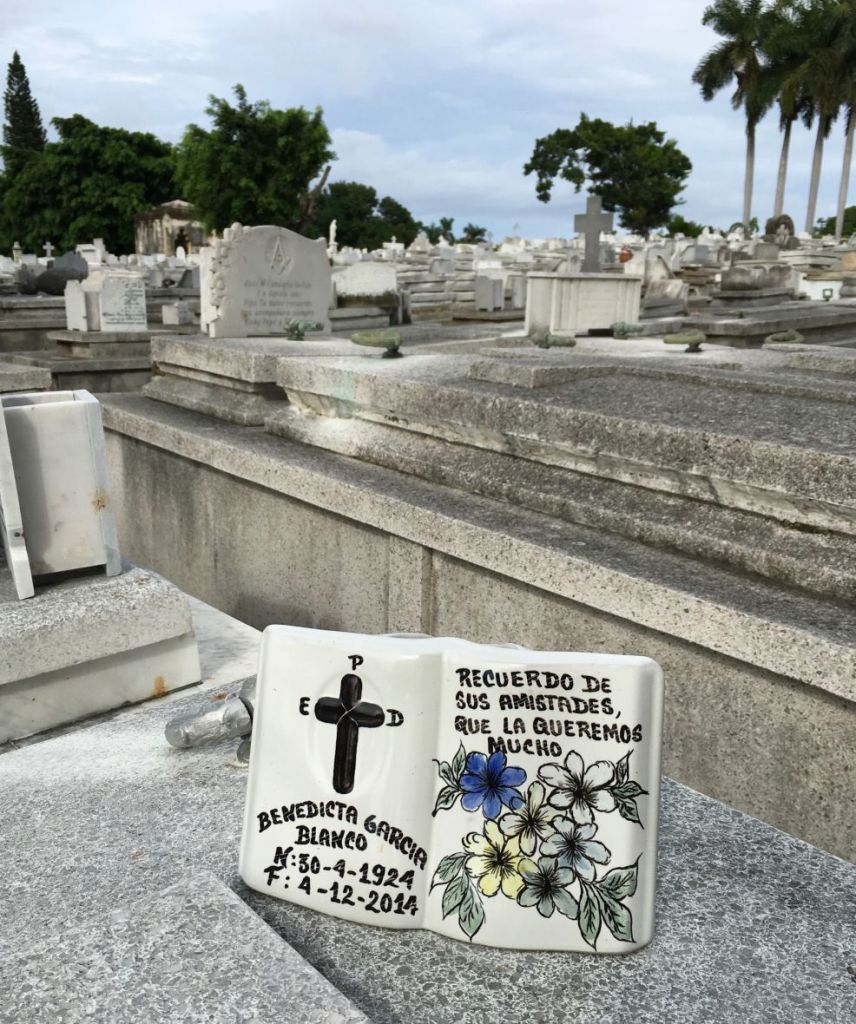
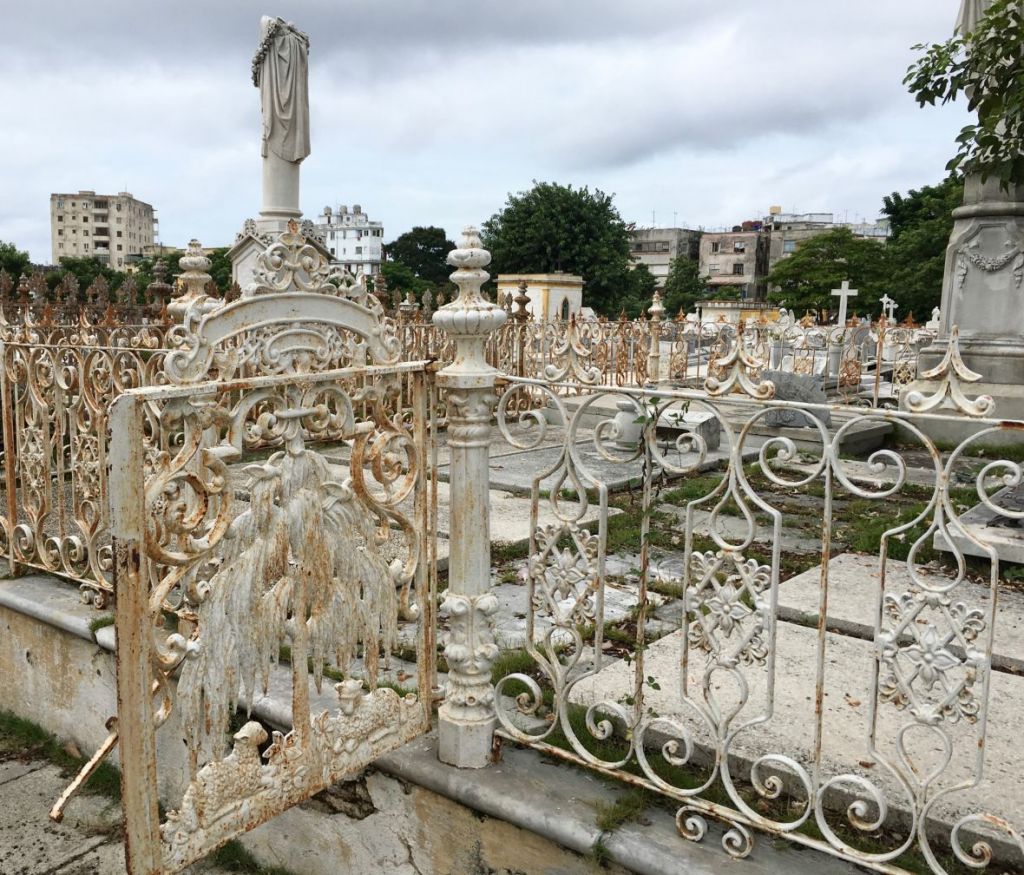
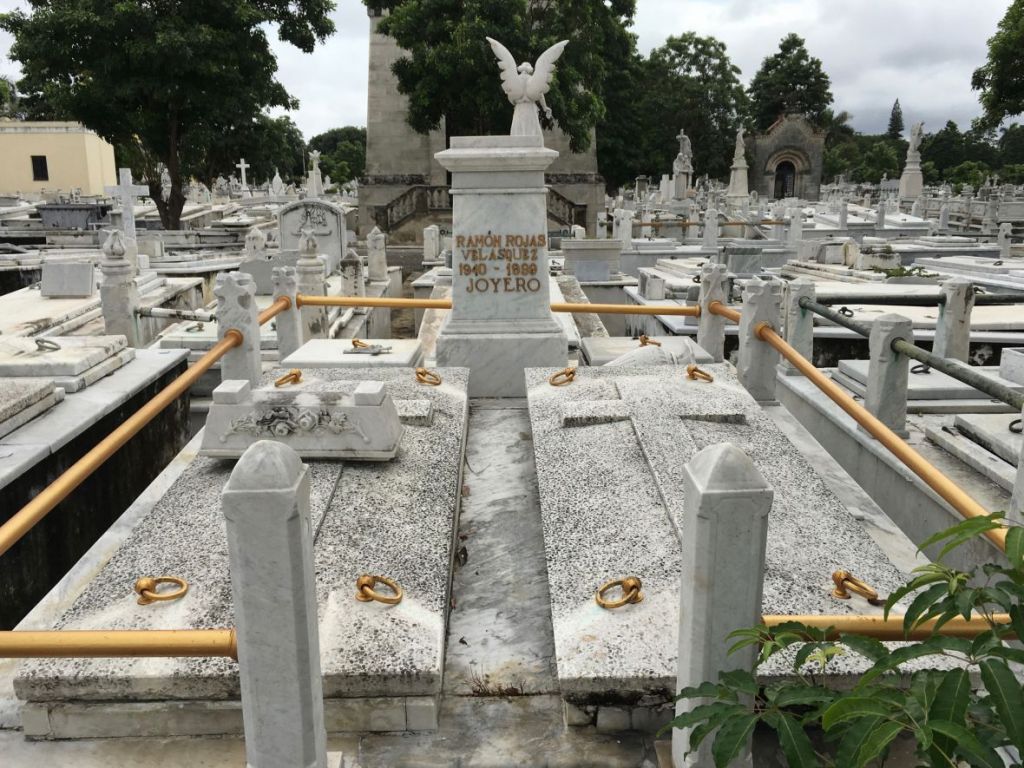
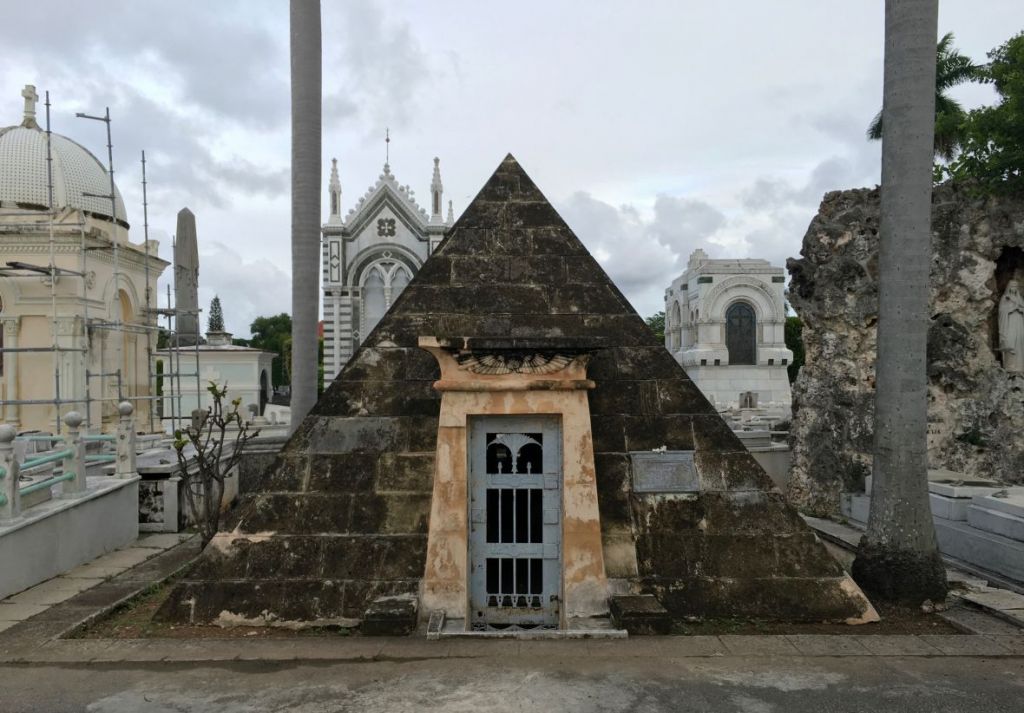
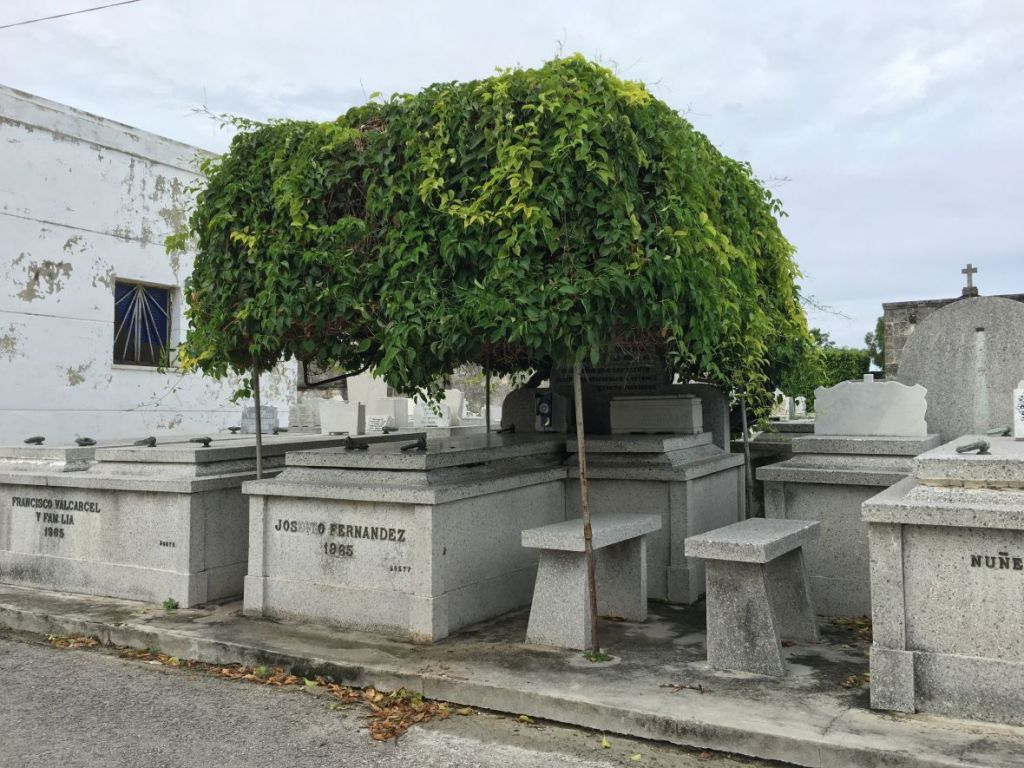
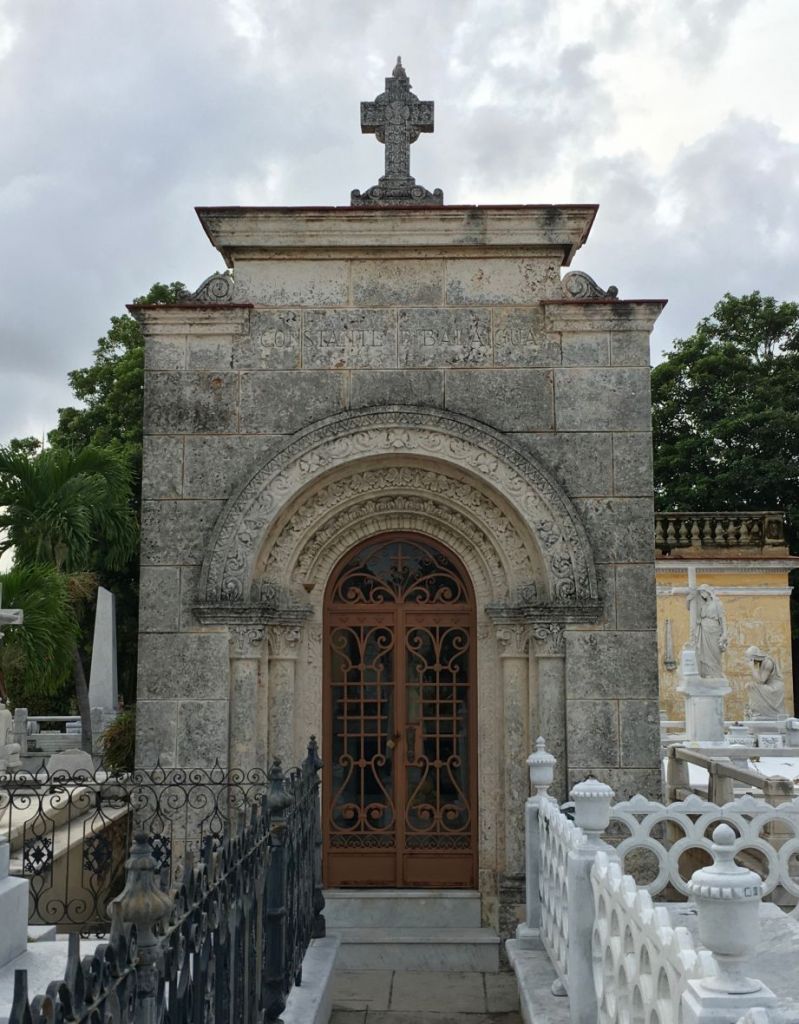
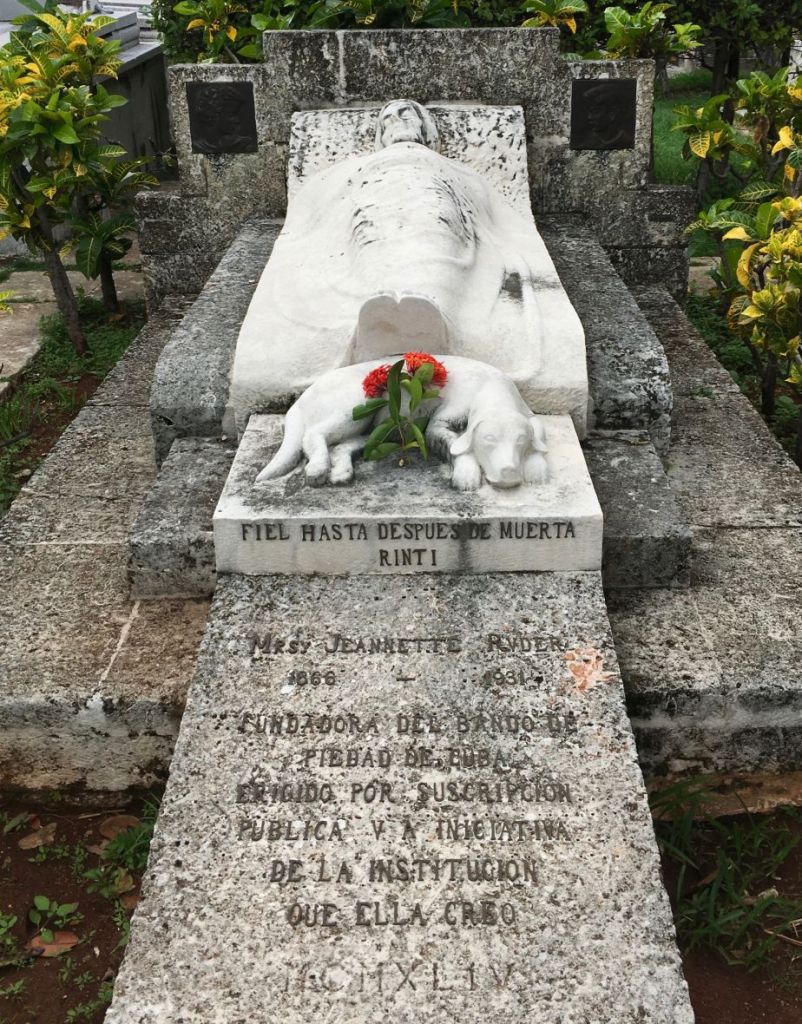
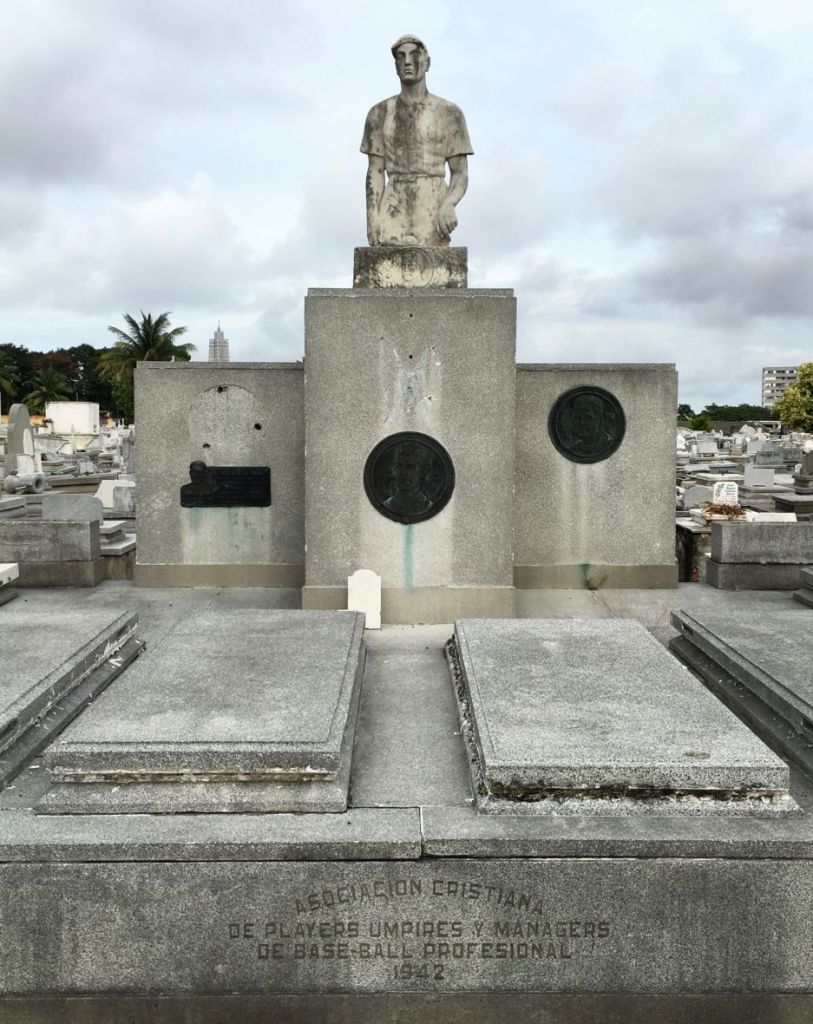
Hola
I visited the Colon cemetery five years ago, it is one of the most amazing places that I have ever been or seen.
I knocked three times on ‘La Milagrosa’ and prayed for something very personal and dear to me.
It was a wonderful and rewarding experience.
Que bonita !!!!!!
Liam Gleeson
Excellent commentary!!i did not get to visit but I definitely will next Tim!
GOOD